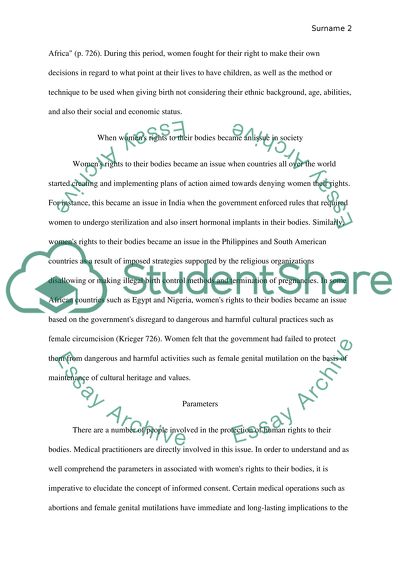Ethics in Medicine Research Paper Example | Topics and Well Written Essays - 2000 words. Retrieved from https://studentshare.org/social-science/1642147-ethics-in-medicine
Ethics in Medicine Research Paper Example | Topics and Well Written Essays - 2000 Words. https://studentshare.org/social-science/1642147-ethics-in-medicine.


